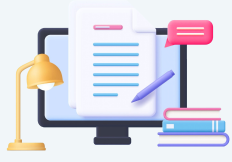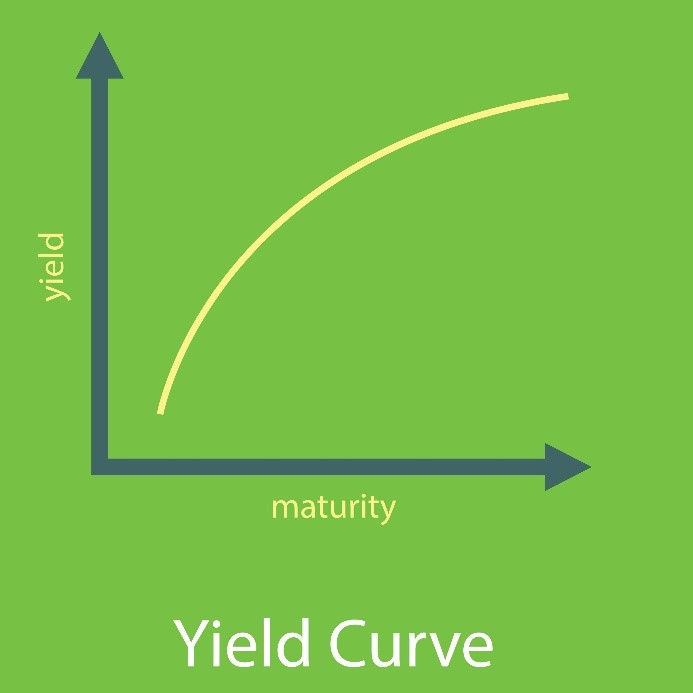
BIX ARTICLE
What is Yield in Bond Investment?
Oct 13, 2021
|
7 min read
Featured Posts
SRI Sukuk: The Journey Towards Sustainable and Responsible Investment
Jul 23, 2020
|
5 min read
Securities Commission's Capital Market Masterplan 3 (CMP3)
Sep 21, 2021
|
2 min read
What If We Allowed Retail Investors to Directly Invest in Malaysia’s Government Bond?
Aug 24, 2021
|
8 min read
Islamic Bonds Come Under Microscope After Garuda Indonesia Default
Aug 19, 2021
|
8 min read

When talking about the state of the bond market, investors often mention the yield of the bond rather than its price. In this article, we will explain what yield means in bond investment and the relationship between yield and bond price. First thing first, let’s understand the definition of bond and how it works.
What is bond and how it works?
Bond is a debt issued by governments or corporations, which we refer to as an issuer. When investing in a bond, investors lend money (principal) to an issuer, and in return, the issuer will pay a periodic coupon to the investors. If the bond is held until maturity, investors will receive back their principals. Alternatively, investors can choose to trade their bonds in the secondary market with other investors. (You can read more about bond here)
Understanding Yields

Figure 1: FSMOne Bond Express Retail Bond
Investors receive return from bond investment via periodic fixed coupon or interest. Yield is an actual or realized return from the bond expressed in percentage. When trading bond, brokers or dealers will quote the bond’s price in both monetary term and yield. For example, in Figure 1 above, the ask yield means the yield investors will receive when they buy at the ask price. The bid yield means the yield investors will give up when they sell at the bid price. For AHBMK 5.450% 05Feb2027 Corp (MYR) bond, at the ask price of 101.900, investors will receive yield of 2.963% if held the bond until maturity. There are three common types of yield: coupon yield, current yield, and yield to maturity.
Coupon yield is the rate of return of the annual coupon received divided by the bond face/nominal value. Coupon yield is also known as coupon rate. In the Figure 2 above, the bond has a coupon rate of 4.90%, which means for every RM 1,000 face value of bond, investors will receive RM 49 of coupon annually.
Current yield is the rate of return of the annual coupon received divided by the current market price of bond. After bond was issued in the primary market, the price of bond will change depending on the demand and supply in the secondary market. Current yield is used to gauge the rate of return if purchase the bond at the current market price and hold it for a year. For instance, a bond with a face value of RM 1,000, coupon rate at 3% and selling at RM 1,050, the current yield of the bond would be 2.86%.
Yield to maturity is the most preferred method for bond yield calculation as it accounts for time value of money. Yield to maturity assumes that all interest payments are received from the date of purchase until the bond reaches maturity and that each payment is reinvested at the same rate as the original bond. The formula to estimate the yield to maturity is a bit complex and requires an advanced calculator. BIX Calculator can be used to calculate yield to maturity for bond and sukuk available on the BIX Malaysia platform.
Relationship Between Bond Price and Yield
Bond price and yield has an inverse relationship. When bond price goes higher, yield goes lower and vice versa. For instance, an upward change in the 10-year bond’s yield from 2.2% to 2.6% is a negative condition for the bond market. This is because the bond’s interest rates move up when the bond market trends down, and it happens due to the fact that the market is driven by the supply and demand for investment money.
When rates rise, that can attract the bond buyers back to the market, driving prices back up and rates back down. So conversely, a downward move in the bond’s interest rate from 2.6% to 2.2% actually indicates positive market performance.
From the time bonds are issued until the date they mature, they trade in the open market, where prices and yields continually change. As a result, yields converge to the point where investors are being paid approximately the same yield for the same level of risk.
In the secondary market, bond can be traded at a discount or premium than its par value. Bond trading at a discount will have higher yield than bond trading at premium because investors pay less than its par value.
How Do Investors Utilize Bond Yields?
Yields are used for more complex analysis. Bond investors may buy and sell bonds of different maturities to leverage on the yield curve which plots the interest rate of bonds having the same amount of credit quality but differing maturity dates. The slope of the yield curve, as the following below, gives an idea of future interest rate changes and economic activity.

However, bond investors observe the difference in interest rates between different categories of bonds, considering the constant characteristics. A yield spread is the difference between yields on differing debt instruments of varying maturities, credit ratings, issuer, or risk level, calculated by deducting the yield of one instrument to another. In other words, the spread between AAA corporate bonds and government bonds where the difference between these two bonds is often expressed in basis points (bps) or percentage point.
Difference Between Coupon and Bond Yield

A bond’s coupon rate is the rate of interest it pays annually, while its yield is the rate of return it generates. A bond’s coupon rate is expressed as a percentage of its par value. The par value is simply the face value of the bond, or the value of the bond as stated by the issuing entity.
Meanwhile, coupon rates are largely influenced by the interest rates set by the government. Hence, if the government increases the minimum interest rate to 6%, then any pre-existing bonds with coupon rates below 6% lose value.
An individual looking to sell pre-existing bonds must reduce their market price to compensate investors for the bonds’ lower coupon payments relative to the newly issued bonds. To purchase a bond at a premium price means to purchase it for more than its par value.
Additionally, to buy a bond at discount means paying less than its par value. Regardless of the purchase price, coupon payments remain the same.
Conclusion
To summarize, a bond’s yield is the expected earnings generated and realized on a fixed-income investment over a particular period of time that expressed as a percentage or interest rate. Like any investment, choosing high or low-yield bonds will depend on one’s circumstances, goals, and risk tolerance. Diversification may help to minimize the portfolio risk while boosting expected returns.
For more information on bonds and how to invest in them, download our e-book and check out the article about “How to Invest in Bonds?” on our website.
Disclaimer
This report has been prepared and issued by Bond and Sukuk Information Platform Sdn Bhd (“the Company”). The information provided in this report is of a general nature and has been prepared for information purposes only. It is not intended to constitute research or as advice for any investor. The information in this report is not and should not be construed or considered as an offer, recommendation or solicitation for investments. Investors are advised to make their own independent evaluation of the information contained in this report, consider their own individual investment objectives, financial situation and particular needs and should seek appropriate personalised financial advice from a qualified professional to suit individual circumstances and risk profile.
The information contained in this report is prepared from data believed to be correct and reliable at the time of issuance of this report. While every effort is made to ensure the information is up-to-date and correct, the Company does not make any guarantee, representation or warranty, express or implied, as to the adequacy, accuracy, completeness, reliability or fairness of any such information contained in this report and accordingly, neither the Company nor any of its affiliates nor its related persons shall not be liable in any manner whatsoever for any consequences (including but not limited to any direct, indirect or consequential losses, loss of profits and damages) of any reliance thereon or usage thereof.
YOU MAY ALSO LIKE
TUTORIAL
Apr 08, 2024
|
7 min read
ARTICLE
Mar 01, 2024
|
4 min read
ARTICLE
Dec 28, 2023
|
7 min read
ARTICLE
Dec 27, 2023
|
6 min read


